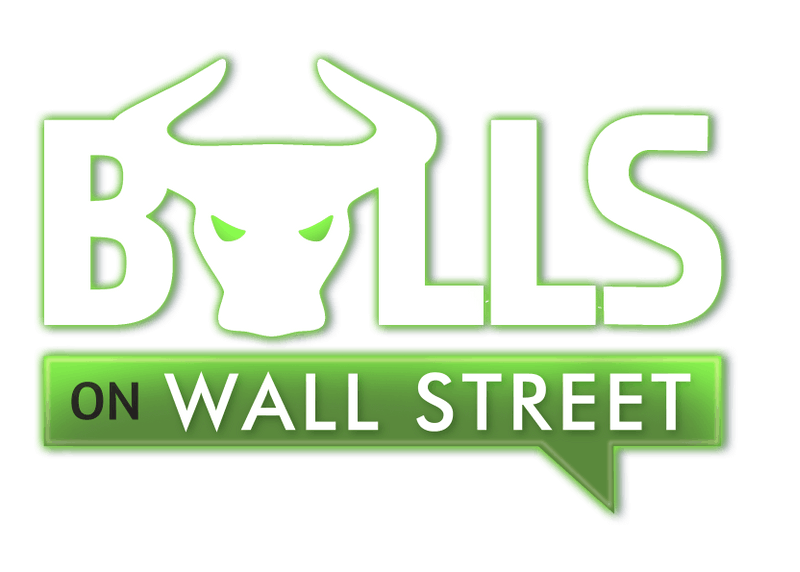The FED is a term that you’re going to hear in the trading world quite a bit. Before we move on, then, what is the FED? The FED stands for the Federal Reserve System. At least in trading, when you hear that term, that’s what it’s referring to. The Federal Reserve System is in essence the central bank of the United States, and you could say it’s the most important financial institution in the world.
In the United States, the FED operates differently than in other countries. While it does report to Congress, it holds a sense of autonomy. That’s arguably one of the reasons why the US has been able to maintain a stable financial system for many years. Yes, that’s true even, despite some of the hiccups that have led to economic crises. In some of these situations, it’s not necessarily the FED that was to blame for these unfortunate situations.
Undeniably, the decisions made by the FED have a direct and immediate impact on financial markets. Whether you’re a day trader, swing trader, or an investor of any kind, it’s crucial to stay vigilant about the actions of the Federal Reserve System.
What Is the Fed – How it Impacts the Markets
Posing the question of “What is the Fed?” can provide a long, detailed answer that includes a massive history lesson. What we want to focus on here, however, is how the announcements made by the FED impact traders. These announcements can sometimes blindside investors and cause them to lose quite a bit of money.
The FED does two main things: control interest rates and decide how much money to print. Naturally, both decisions go hand in hand. It also heavily impacts the country’s economy in various ways, including the prices of stocks in the financial market. The main issue for traders is that if they’re holding a position in a stock when the chair of the FED, Jerome Powell, steps up to a podium, they could be in for a ride.
While the general consensus dictates that when the FED cuts interest rates, stock prices will go up, this effect doesn’t apply evenly across the market. Some of the blue-chip stocks on the Nasdaq will likely see a positive impact in this scenario. If you’re trading a smaller stock, the price could dip seemingly out of the blue. In some cases, this has to do with the fact that large amounts of money are leaving seemingly “unstable” stocks for the safety of blue chips.
Learning How to Navigate Rough Waters
As mentioned, when the FED makes an announcement, it can impact the prices of several stocks immediately. In fact, there are certain days when the market will be rather slow until the announcement is made. When that happens, traders have to be ready to pounce on the opportunities.
Paul from here at Bulls on Wall Street is going to be hosting a 5-part Master Class on swing trading. He’s going to be going live with the first class on April 8th to cover a multitude of topics. What is the FED, and how to actually trade the cycles it causes is going to be one of the questions he’s going to tackle. Also, the Master Class is going to cover different topics to help traders navigate some of the market’s toughest days. Of course, these days include times when the FED makes an announcement.
Should You Remain in a Position When the FED Makes an Announcement?
Admittedly, some traders have a policy of taking their hands off the keyboard if Mr. Powell is getting ready to talk. Is that an effective policy? If you’re trading mostly small caps, that could be the case. As mentioned, these stocks don’t necessarily get a boost when interest rates are cut. Since the days when the FED is going to make an announcement are usually known in advance, it could be a good idea to spend extra time looking at market news these days.
There could be some subtle hints regarding the announcement itself as well. Many market watchers like to post stories about the stocks you need to follow when the announcement takes place. If you’re confident in their predictions and your own research, you may want to open up a position ahead of time. It is true, however, that this could alter a trader’s daily strategy. Since many traders are creatures of habit, they’d rather miss out on some of these opportunities before they change the way they do things.
If you want to find quick and effective ways to adjust your strategy for these odd days, be sure to check out Paul’s 5-Part Master Class. Remember that he’s going live on April 8th for the first class. He doesn’t go live that often anymore, and the truth is you can get more from the class when it’s live.
Although swing trading is going to be the main topic, you can bet that he’ll cover “What is the FED.” Swing traders actually need to be on the lookout for these external events the most. Something like this can easily throw off their projections if they don’t account for it.


